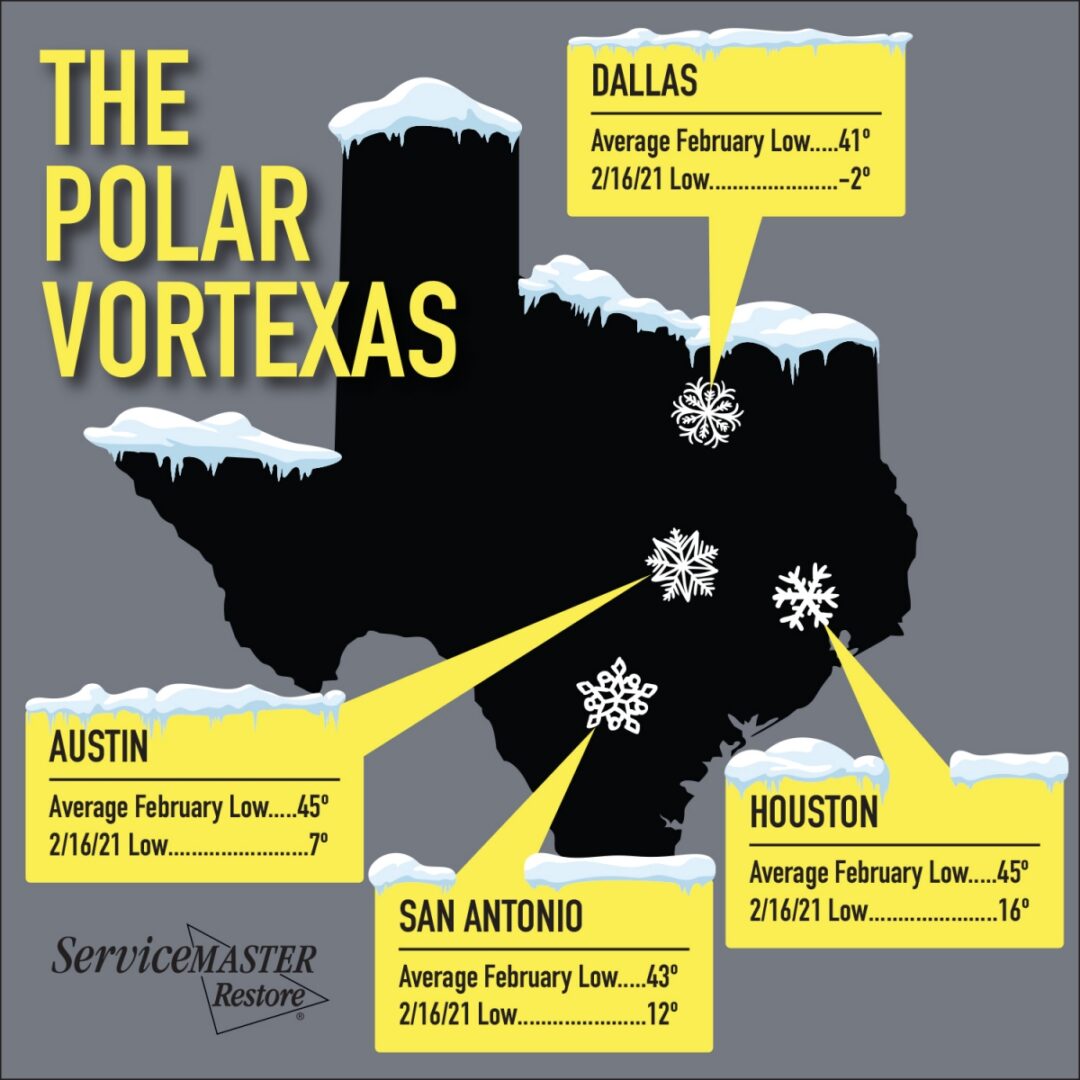
Texas Tragedy Highlights Need to Increase Grid Resilience Nationwide
While debate will rage over who or what is to blame for the Texas blackouts that left millions of people without power in record low temperatures, the events in the state are first and foremost a human tragedy.
People have lost their lives as millions more struggle to heat their homes, but these figures barely do justice to the situation. Vital coronavirus vaccines have been delayed, livelihoods have been disrupted, and others have resorted to sleeping in cars or burning furniture for warmth. Power must be restored as soon as possible.
What makes this tragedy worse is that it likely was preventable, with Texans let down by the isolated nature of the state’s grid and a lack of weatherization, which is why multiple investigations have been called for at the state and federal levels.
This tragedy must not be compounded by an inability to learn from these events. Texas’ power outages really were a result of human rather than technological failures, and Texas can prepare itself for the next deep freeze, hurricane, and other disasters.
We know that extreme weather events are expected to increase in frequency and severity over time, which means a comprehensive, strategic approach to enhancing grid reliability and resilience is essential. This approach must consist of better planning and preparedness to anticipate these future changes.
We can even take the first mitigating steps this year through badly-needed infrastructure legislation. A long-term solution to this issue would be providing Texans with a means to source power from other parts of the country in times of need.
One of the most effective ways to make this happen is the creation of a Supergrid: a network of high-voltage transmission lines. The Supergrid could draw upon its nationwide pool of power to move electricity from one area to supply others that have suffered widespread outages due to bad weather events.
What we have seen recently in Texas means creating such a Supergrid should be a top priority for Congress and the Biden administration, as they address infrastructure legislation. Doing so will enable grid operators to move power in emergencies and in day-to-day operations to ensure that Texas and other parts of the country have greater grid reliability and resilience to keep the heat and lights on in times of crisis.
Utility-scale battery storage, which has already plummeted in price, also can also be used to store energy and serve as a back-up power source, as clean energy resources assume a greater portion of the electricity generation mix.
Bolstering grid resilience and reliability is also gaining greater importance as our transportation system—and many other aspects of our daily lives—are becoming increasingly electrified.
Yet this vehicle electrification provides us with some out-of-the-box solutions: electric school buses and other heavy-duty vehicles, typically unused during bad weather, can feed the ample amounts of energy stored in their large batteries back into the grid with vehicle-to-grid technology, providing temporary power for homes.
What is happening in Texas is a tragedy, but it need not be a waste. We must learn from this situation to modernize and update the grid not solely in Texas, but across the country. We need the strategic vision, and collective political leadership and political will, to plan, prepare for, and create this more resilient energy future.
These deep freezes have happened before, and they will happen again. We must be ready the next time they happen.
General Carlton D. Everhart is the former commander of Air Mobility Command and a member of the Grid Security Project and the Energy Security Leadership Council, both projects of SAFE.
